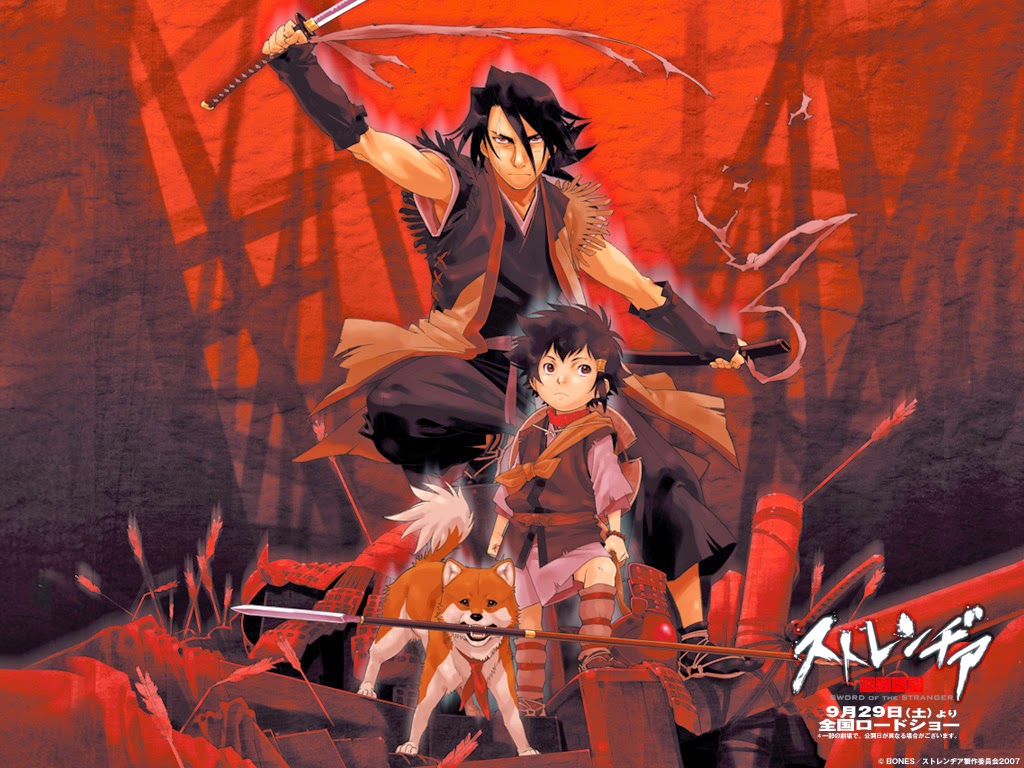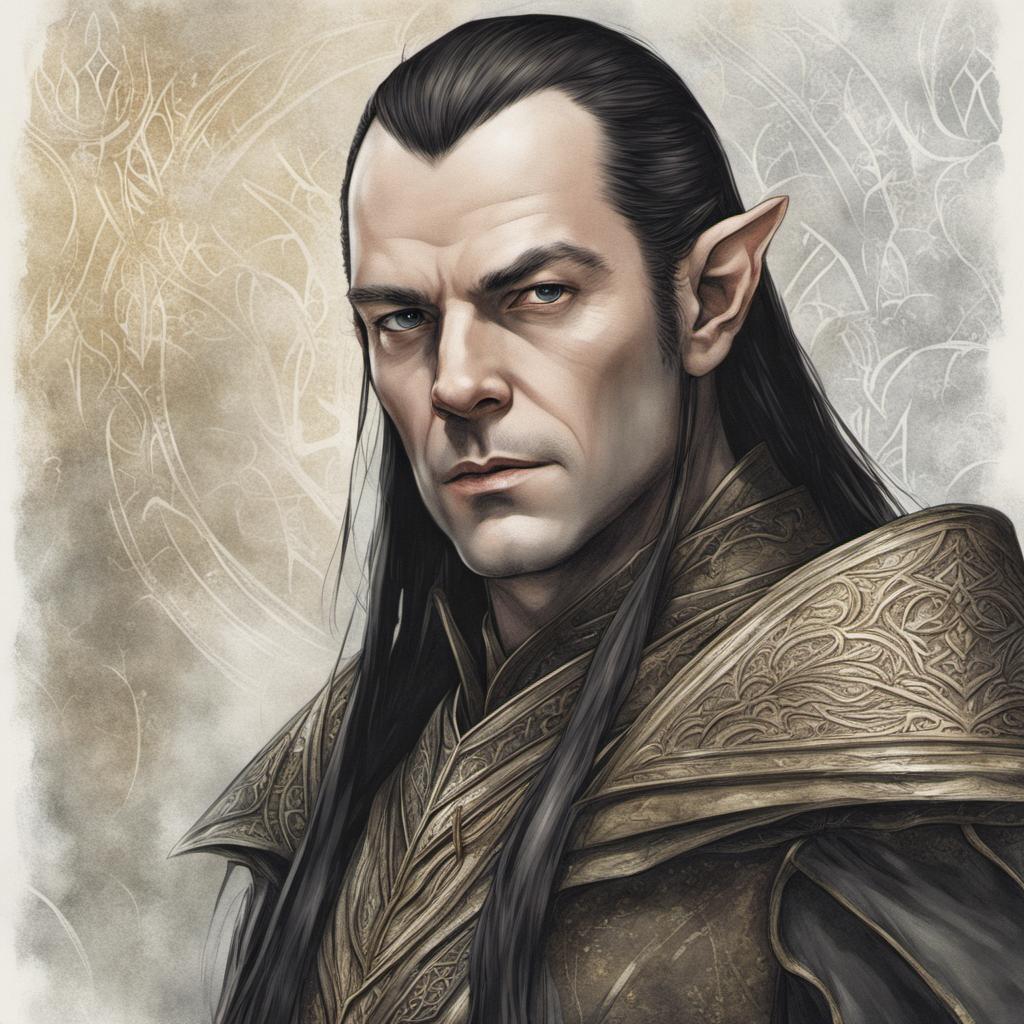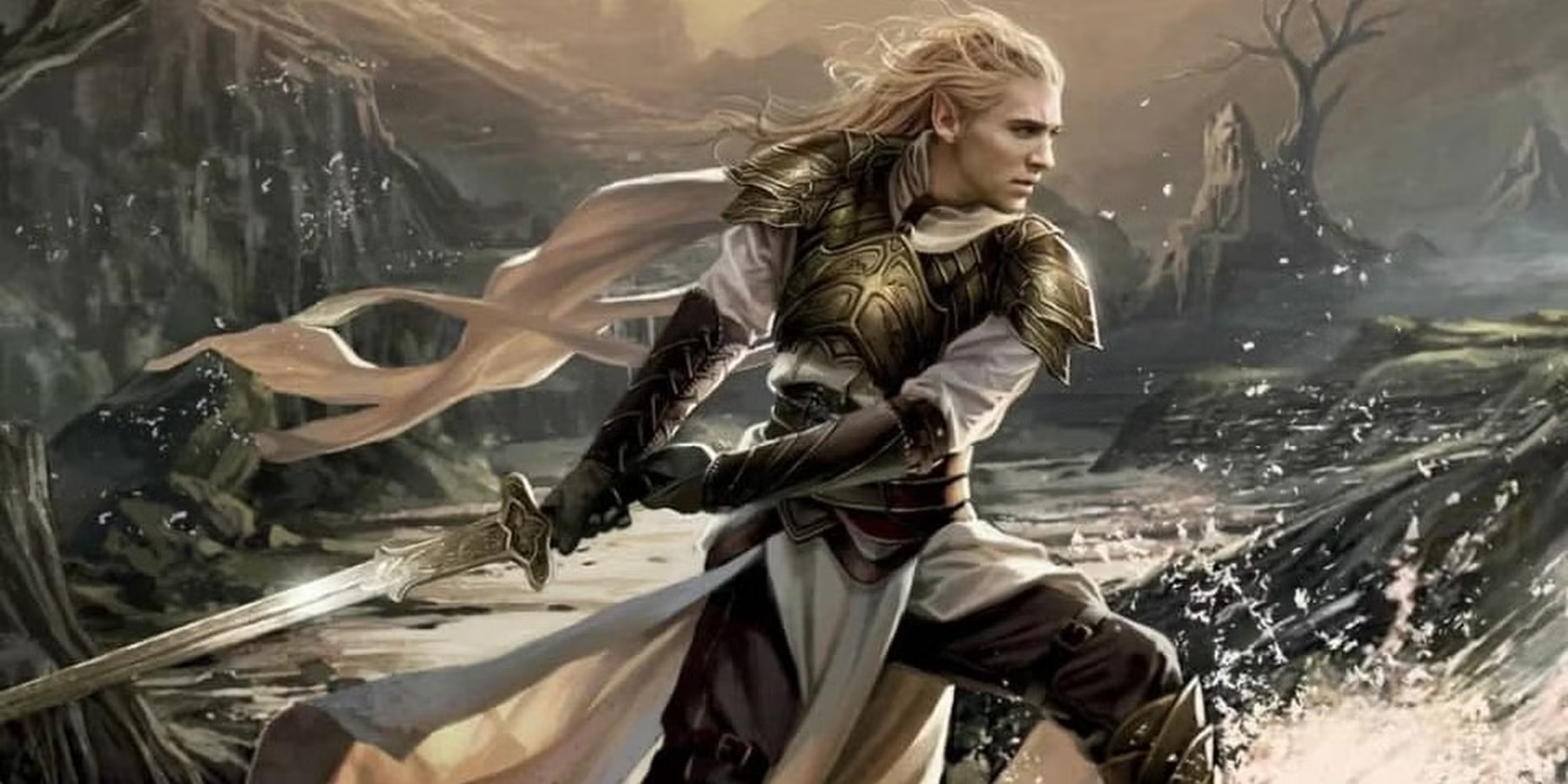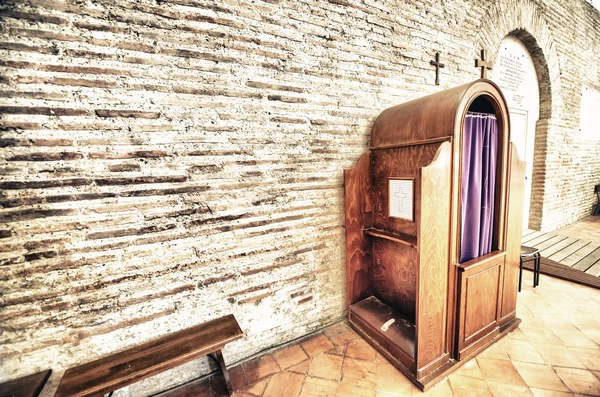Table of Contents
A Tale of Strangers and Bonds
Sword of the Stranger tells the gripping story of two unlikely companions, Nanashi, a nameless ronin haunted by his past, and Kotaro, a young orphan pursued by those who seek his life. Set against the backdrop of Sengoku-era Japan, their journey is fraught with danger and moral dilemmas. Alongside Kotaro’s fiercely loyal dog, Tobimaru, they face relentless enemies, including skilled Ming warriors and treacherous lords. The film masterfully portrays their evolving relationship as one of necessity that grows into genuine trust. Themes of redemption and loyalty are woven into the narrative, showing how these strangers, burdened by isolation, come to rely on one another in their shared fight for survival.
While Sword of the Stranger presents breathtaking action and stunning animation, its heart lies in the emotional bond between its characters. Nanashi’s vow to keep his sword sheathed—a promise born from guilt over past atrocities—creates a poignant conflict as he must ultimately choose between his ideals and Kotaro’s safety. Meanwhile, Kotaro’s resilience and Tobimaru’s unwavering devotion emphasize the power of connection even in the harshest of circumstances. Their journey resonates universally by exploring what it means to protect, trust, and redeem oneself through the bonds we form, even when life seems hopelessly fractured.
A Visual Feast by Studio Bones
Studio Bones, celebrated for its exceptional animation craftsmanship, sets a new standard with Sword of the Stranger. The studio’s meticulous attention to detail is evident in every frame, from the beautifully rendered landscapes of Sengoku-era Japan to the kinetic fluidity of the expertly choreographed sword fights. The animation brings the story to life, allowing viewers to feel the tension of every battle and the serenity of every sweeping vista. One standout sequence showcases the chaotic final duel between Nanashi and Luo-Lang, where the smooth animation perfectly captures the clash of steel, raw emotion, and relentless energy. This dynamic visual storytelling ensures the film’s action scenes are as immersive as they are breathtaking, enhancing the overall cinematic experience.
What sets Sword of the Stranger apart is Studio Bones’ ability to blend artistry with technical precision. The expressive character designs convey a wide range of emotions, from Nanashi’s internal struggle to Kotaro’s innocent determination. The vibrant yet natural color palette complements the historical setting, while the use of light and shadow adds depth to every scene. Studio Bones excels in animating complex, fast-paced swordplay, where the fluid movements of characters never feel rigid or rushed. These high-quality visuals make the film not just an action-packed adventure but a true work of art. Through its masterful animation, the studio delivers an experience that captivates both casual viewers and devoted anime fans alike.
Nanashi: The Haunted Ronin
Nanashi, meaning “No Name,” is a character who embodies the archetype of a haunted warrior seeking redemption. In Sword of the Stranger, his vow to keep his sword sheathed reflects a deep sense of guilt over the atrocities he committed while serving under various warlords. This self-imposed restraint becomes a defining characteristic, symbolizing his internal struggle between his violent past and his desire for peace. Nanashi’s reluctance to draw his blade contrasts with the relentless dangers he faces, highlighting the moral complexity of his journey. His decision to protect Kotaro, a vulnerable boy being hunted for his blood, catalyzes a transformation that forces him to confront both his past and his present, making him a layered and compelling protagonist.
Nanashi’s character arc in *Sword of the Stranger* showcases his journey from isolation to reluctant heroism, highlighted by his red hair, dyed black to conceal his foreign origins. The bond with Kotaro and his dog Tobimaru encourages him to overcome his self-imposed seclusion and fight for a greater cause. This transformation culminates in the climactic moments of the film, where his choice to unsheathe his sword not only protects Kotaro but also represents a step toward his redemption, intertwining themes of guilt, sacrifice, and personal growth beyond conventional action narratives.
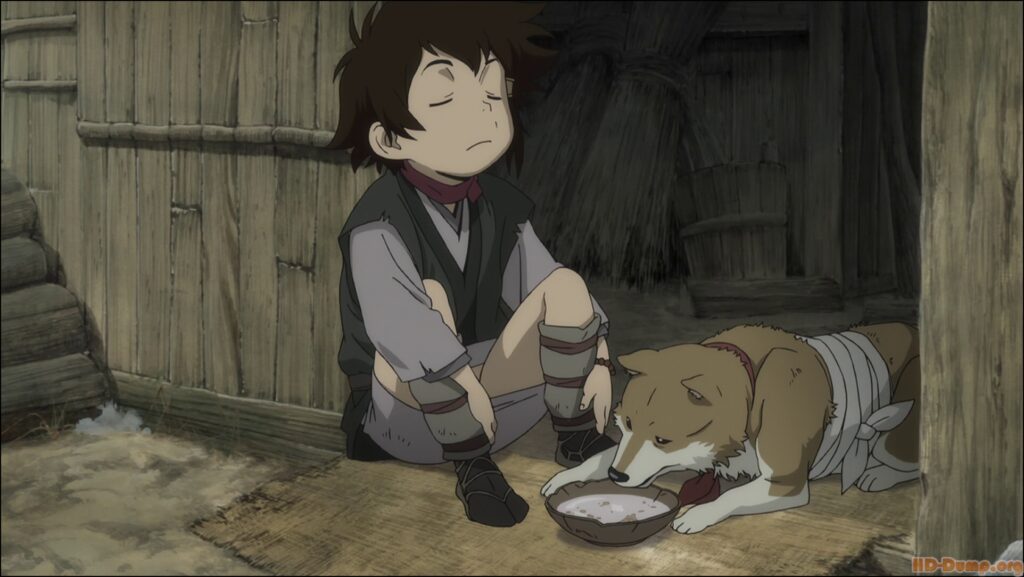
Kotaro: The Prophesied Child
Kotaro, a young orphan, serves as the emotional and narrative core of Sword of the Stranger. Pursued relentlessly by Ming warriors and the soldiers of Lord Akaike, he is believed to possess the rare blood needed to create an elixir of immortality. Despite his tender age, Kotaro demonstrates remarkable resilience and resourcefulness, qualities that set him apart from the typical “damsel in distress” trope often seen in similar stories. His bond with his loyal dog, Tobimaru, adds a layer of innocence and warmth to his character, making his plight even more compelling. The evolving relationship between Kotaro and Nanashi, rooted in necessity and growing into mutual trust, becomes the driving force behind the film’s emotional depth and character development.
While Kotaro’s role as the prophesied child places him at the center of conflict, his character is far from passive. His quick thinking and bravery are evident in several key moments, such as when he hires Nanashi as a bodyguard despite having little to offer in return. This choice sets the stage for the film’s exploration of loyalty and sacrifice. Kotaro’s trust in Nanashi deepens as the story progresses, providing moments of levity and hope amidst the film’s darker themes. In Sword of the Stranger, Kotaro represents both innocence and the resilience of the human spirit, showing how even a child can influence the hardened heart of a ronin and inspire courage in the face of overwhelming odds.
Luo-Lang: A Villain Worthy of Respect
Luo-Lang, a complex antagonist in *Sword of the Stranger*, is a Western swordsman with striking blonde hair and blue eyes. Unlike typical villains driven by greed or power, his sole obsession is to find a worthy opponent in combat, making him a character motivated by honor. However, his ruthlessness and readiness to kill reveal a darker side. His charisma and confidence shine as he dominates every encounter with skill, solidifying his status as one of anime’s most compelling villains.
The final duel between Luo-Lang and Nanashi in *Sword of the Stranger* showcases a high-stakes clash that represents a conflict of philosophies—Nanashi’s quest for redemption and Luo-Lang’s pursuit of combat perfection. The expertly choreographed fight conveys both power and emotional depth, with Luo-Lang displaying pride and respect for Nanashi as a rival, which adds complexity to his character and elevates him beyond a typical villain, solidifying his impact on the film.
Action That Redefines Intensity
The action sequences in Sword of the Stranger are a masterclass in animation and storytelling, capturing both intensity and elegance. Each sword clash is rendered with meticulous precision, immersing viewers in battles that feel raw, visceral, and deeply personal. Studio Bones excels in creating fluid, dynamic choreography that conveys the physicality and emotion of every encounter. The fights are not merely spectacles but are integral to the characters’ development, showcasing Nanashi’s internal conflict and Luo-Lang’s thirst for a worthy opponent. The attention to detail—from sparks flying off clashing blades to the subtle expressions of combatants—elevates the action into an art form. These sequences are a testament to the film’s ability to balance technical brilliance with narrative depth.
At the heart of Sword of the Stranger lies the climactic duel between Nanashi and Luo-Lang, widely regarded as one of the greatest animated sword fights of all time. This encounter is a culmination of their opposing ideals, with Nanashi seeking redemption and Luo-Lang driven by a desire to test his limits. The duel’s pacing, fluid animation, and dynamic camera angles make it an unforgettable experience. Every swing and strike carries emotional weight, as the battle becomes more than a fight—it’s a clash of identities. The destroyed fortress serves as a chaotic backdrop, symbolizing the breaking of old constraints. This final battle not only solidifies the film’s legendary status but also redefines what animated action can achieve.

A Score That Strikes the Soul
The orchestral score of Sword of the Stranger, composed by the talented Naoki Satō, is an essential element that elevates the film’s emotional and dramatic impact. Satō masterfully blends sweeping orchestral arrangements with subtle, somber tones to mirror the characters’ emotional journeys. Nanashi’s troubled past is underscored by haunting melodies, capturing the weight of his guilt and internal struggle. In contrast, the intensity of battle scenes is heightened by powerful, adrenaline-charged compositions that pulse with urgency and energy. The seamless integration of music with action creates a rich auditory experience that enhances the visual storytelling. Satō’s ability to shift effortlessly between subdued and grandiose themes ensures that the score resonates deeply with viewers long after the credits roll.
The music in *Sword of the Stranger* is a crucial element that enhances the film’s stunning visuals and narrative, reflecting its varying tones from introspective moments to intense battle scenes. The score, particularly during the climactic duel between Nanashi and Luo-Lang, builds in intensity to mirror the stakes of their conflict, while the use of traditional Japanese instruments adds authenticity and historical depth. Satō’s compositions not only complement the film but also showcase his artistry, serving as a driving force that amplifies its emotional and thematic richness.
A Story Rooted in Historical Fantasy
Set in Japan’s turbulent Sengoku period, Sword of the Stranger masterfully intertwines historical context with elements of fantasy, creating a setting that feels both authentic and imaginative. The Sengoku era, known for its constant military conflict and shifting alliances, provides the perfect backdrop for the story of Nanashi and Kotaro. The inclusion of Ming warriors from China adds a compelling cross-cultural dynamic, emphasizing the political tensions and ambitions of the time. The Ming’s quest to create an elixir of immortality adds a mythical element, blending seamlessly with the historical framework. This combination enriches the narrative, making the film not just an action-packed journey but also an exploration of ambition, survival, and the complexities of human nature.
The fusion of historical and fantastical elements in Sword of the Stranger elevates the film beyond a typical samurai tale. The Ming warriors’ construction of an altar for their immortality ritual contrasts sharply with the grounded struggles of Nanashi and Kotaro, highlighting the clash between the mystical and the mundane. This duality is reflected in the richly detailed worldbuilding, from the war-torn Japanese landscapes to the intricate designs of the Ming soldiers’ attire and weaponry. The film’s ability to balance these contrasting tones allows it to remain accessible to a wide audience while maintaining a sense of cultural and historical authenticity. This blend of fact and fantasy gives the story its unique depth, ensuring it resonates on multiple levels.
Critical Acclaim and Global Recognition
Since its 2007 release, Sword of the Stranger has earned significant praise from audiences and critics alike, solidifying its reputation as a standout in the world of animated cinema. It was nominated for Best Animated Feature Film at the Asia Pacific Screen Awards, an honor that recognized the film’s exceptional artistry and storytelling. Additionally, it was Japan’s official submission for Best Animated Feature at the 81st Academy Awards, further emphasizing its cultural and cinematic impact. Critics were quick to highlight its visual and narrative brilliance, with Anime News Network describing it as “breathtaking” and /Film calling it “perfect for fans of samurai movies.”
The film’s recognition extended to its festival appearances, where it captivated audiences at major events like Camera Japan and Sci-Fi London. It even won the Best Animated Feature award at FANTASPOA, Brazil’s International Fantastic Film Festival, showcasing its international appeal. Beyond awards, Sword of the Stranger garnered a dedicated following due to its blend of stunning animation, gripping action, and emotionally resonant storytelling. Its climactic duel between Nanashi and Luo-Lang is often cited as one of anime’s most iconic moments, cementing its place in cinematic history. By transcending the boundaries of typical samurai films, it has achieved a lasting legacy that continues to captivate viewers worldwide.
A Festival Favorite
The global appeal of Sword of the Stranger is undeniable, with the film making a lasting impression on audiences and critics at prestigious film festivals worldwide. It was showcased at events such as FANTASPOA in Brazil, Camera Japan in the Netherlands, and Sci-Fi London, where its masterful blend of action, storytelling, and animation captivated international viewers. At FANTASPOA, the film earned the coveted Best Animated Feature award, further highlighting its artistic excellence. These accolades not only recognize the film’s technical brilliance but also its ability to resonate emotionally with diverse audiences. By transcending cultural boundaries, Sword of the Stranger established itself as a cinematic achievement that appeals to both anime enthusiasts and casual viewers alike.
The festival circuit proved instrumental in cementing the legacy of Sword of the Stranger, as its success went beyond awards. Its inclusion in numerous events introduced it to audiences who may not have otherwise encountered it, earning high praise for its gripping narrative and visually stunning fight sequences. The film was also ranked among the top anime films of the decade, a testament to its enduring impact and influence within the genre. More than just a festival darling, it represents the pinnacle of what animated cinema can achieve, blending artistry and emotion in a way that few films manage. Its festival reception underscores its status as a timeless masterpiece that continues to inspire and enthrall audiences globally.
Themes That Resonate
At its heart, Sword of the Stranger delves into profound themes that elevate it beyond a traditional action film. The story explores redemption through Nanashi’s vow to never unsheathe his sword, a symbol of his deep-seated guilt over his violent past. This inner struggle defines his journey, forcing him to confront his past mistakes while forging a path toward peace. The film also examines the value of human connections, as Nanashi, once a lone wanderer, learns the power of loyalty and trust through his bond with Kotaro. These themes are further enriched by the backdrop of a chaotic Sengoku-era Japan, where ambition drives conflict and characters must navigate moral dilemmas.
The exploration of these themes is woven seamlessly into the narrative, giving Sword of the Stranger a timeless quality. Kotaro’s courage and determination, despite being a child facing overwhelming odds, highlight the resilience of the human spirit. His unwavering trust in Nanashi transforms their relationship, showing how even fractured souls can find strength in one another. Meanwhile, the film critiques unchecked ambition, as seen in the Ming warriors’ quest for immortality at the expense of others’ lives. These elements combine to create a story that resonates on an emotional level, inspiring audiences to reflect on their own values. By blending action with deep thematic exploration, the film delivers an experience that is as inspiring as it is visually breathtaking.
A Timeless Classic
Sword of the Stranger stands as a shining example of the artistic and emotional heights that anime can achieve. Its breathtaking animation, crafted by the renowned Studio Bones, showcases meticulous attention to detail in every frame, from the fluidity of sword fights to the intricate character designs. The compelling narrative combines action, drama, and redemption, making it accessible to both seasoned anime fans and newcomers to the genre. At the center of the story are complex characters like Nanashi and Kotaro, whose emotional journeys add depth to the film’s intense action sequences. This blend of stunning visuals and heartfelt storytelling has earned Sword of the Stranger widespread acclaim and solidified its reputation as a timeless piece of cinematic artistry.
The film’s ability to resonate with audiences lies in its universal themes of trust, redemption, and courage. Its climactic duel between Nanashi and Luo-Lang is not only a technical masterpiece of animation but also a deeply emotional moment that underscores the characters’ personal struggles. The narrative’s balance of high-stakes action and reflective moments ensures that viewers remain engaged from start to finish. Sword of the Stranger transcends its genre, delivering an unforgettable experience that lingers long after the final scene. Its legacy as a timeless classic continues to inspire future generations of filmmakers and fans, proving the enduring power of anime as a medium capable of telling profound and visually captivating stories.
How useful was this post?
Click on a star to rate it!
Average rating / 5. Vote count:
No votes so far! Be the first to rate this post.
Author
-
Meet Dr. Kendall Gregory, a highly accomplished professional with a remarkable academic background and a deep passion for empowering individuals through knowledge. Dr. Gregory’s educational journey began with a Bachelor of Science degree, followed by a Doctor of Chiropractic Medicine, focusing on diagnosing and treating musculoskeletal conditions. He further expanded his expertise with a Master's degree in Oriental Medicine, specializing in acupuncture and Chinese herbology, and a Master's degree in Health Care Administration, emphasizing his dedication to improving healthcare systems. Dr. Gregory combines his extensive knowledge and practical experience to provide comprehensive and integrative healthcare solutions. Through his writings, he aims to inspire individuals to take charge of their health and make informed decisions.
View all posts

